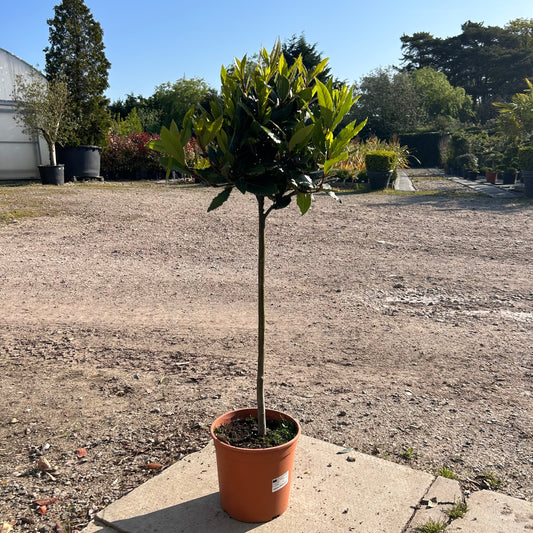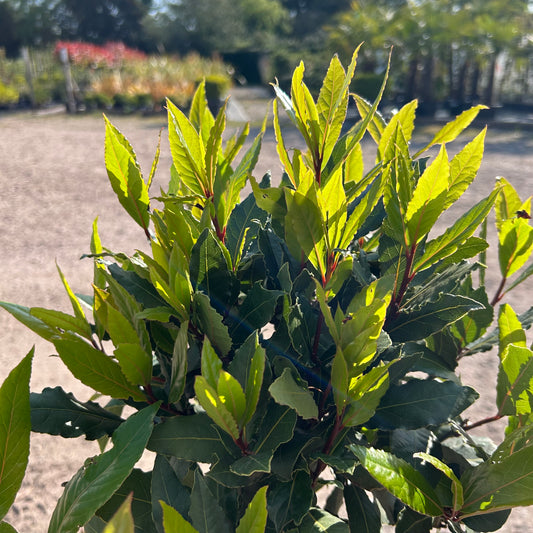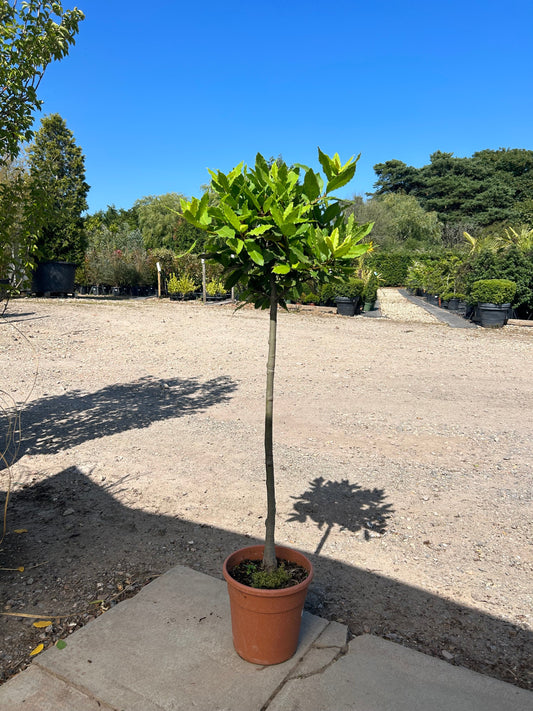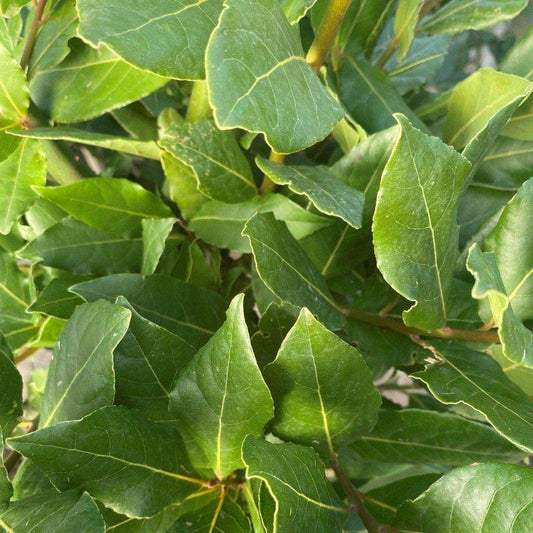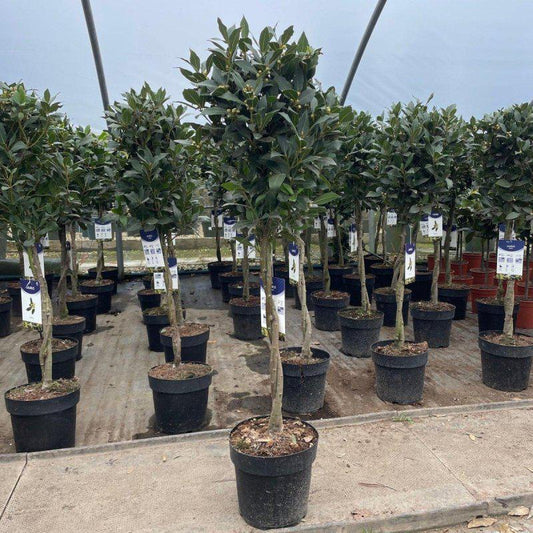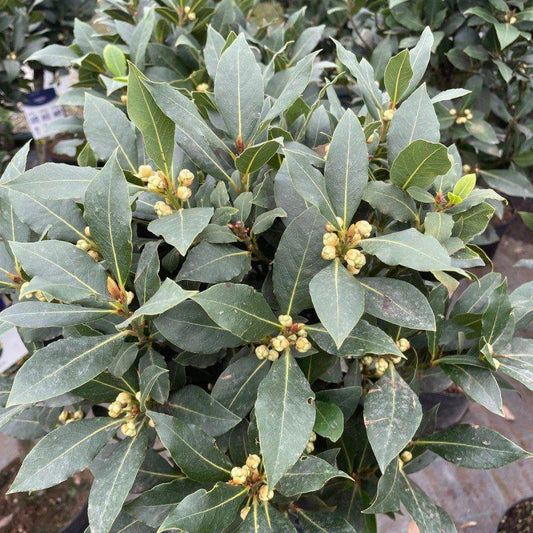Chinotto Tree, a fascinating citrus plant, has been a symbol of elegance and luxury for centuries. But what makes it so special? And once you're convinced to get one, how do you ensure it thrives? Let's embark on this botanical journey together.
Why buy a Chinotto Tree?
The Chinotto Tree, native to China, has made its mark globally, especially in European countries like Italy. But why has it garnered such attention?
History and Origin of Chinotto
Originating from China, the Chinotto plant was introduced to Europe in the 16th century. Its unique bitter flavor quickly made it a favorite, especially in Italian beverages.
Benefits of Owning a Chinotto Plant
Aside from its historical significance, Chinotto plants purify the air, making your living space healthier. Plus, they're a conversation starter!
Chinotto in Culinary Delights
The bitter fruits of the Chinotto are a key ingredient in several Italian recipes, especially in the making of the famous Chinotto soda.
Decorative and Aesthetic Appeal
With glossy leaves and fragrant blossoms, Chinotto plants are a delightful addition to any garden or balcony.

How to Care for a Chinotto Plant
Now that you're convinced to get a Chinotto plant, let's delve into the care it requires.
Choosing the Right Location
Chinotto plants love sunlight but not direct scorching rays. A spot with filtered sunlight is ideal.
Watering Needs
Water your Chinotto when the top inch of soil feels dry. Avoid waterlogging as it can lead to root rot.
Soil and Fertilization
Well-draining soil is crucial. Fertilize your Chinotto plant every month during its growing season with a balanced citrus fertilizer.
Pruning and Maintenance
Prune your Chinotto plant in early spring to maintain its shape and remove any dead or diseased branches.
Pest and Disease Management
Keep an eye out for pests like aphids and caterpillars. Use organic insecticides if necessary.
Propagation of Chinotto
Want more Chinotto plants? Here's how you can propagate them.
Using Seeds
While it's a longer process, growing Chinotto from seeds is rewarding. Ensure you use fresh seeds and provide them with the right conditions to germinate.
Cuttings and Grafting
For quicker results, propagate using stem cuttings or grafting techniques.
Chinotto in Different Cultures
The Chinotto plant has been embraced by various cultures, each adding its unique touch.
Italian Chinotto Beverages
In Italy, Chinotto fruits are used to make a namesake carbonated beverage, loved for its bitter-sweet taste.
Chinotto in Perfumery
The aromatic blossoms of the Chinotto plant are also used in perfumery, adding a fresh, citrusy note to fragrances.
Common Mistakes in Chinotto Care
While Chinotto plants are relatively easy to care for, some common mistakes can hinder their growth.
Overwatering
Ensure the soil is dry before watering to prevent root rot.
Exposure to Extreme Temperatures
Chinotto plants are sensitive to frost. Ensure they're protected during cold months.
Improper Pruning
Prune only when necessary and avoid cutting the main stem.
Comparing Chinotto with Other Citrus Plants
How does Chinotto stand against other citrus plants?
Chinotto vs. Orange Trees
While both are citrus plants, Chinotto fruits are smaller and more bitter than oranges.
Chinotto vs. Lemon Trees
Chinotto trees are more compact, making them suitable for smaller spaces compared to lemon trees.
FAQs
How often should I water my Chinotto plant?
Water when the top inch of soil feels dry, usually once a week.
Can I grow Chinotto indoors?
Yes, Chinotto plants can thrive indoors with adequate sunlight.
Is the Chinotto fruit edible?
Yes, but it's bitter and is usually used in recipes or beverages.
How tall does a Chinotto plant grow?
Typically, up to 3-5 feet when grown in pots.
Do Chinotto plants attract pests?
Like all plants, they can attract pests, but with proper care, it's manageable.
Where can I buy a Chinotto plant?
Most local nurseries or online plant stores will have them.


